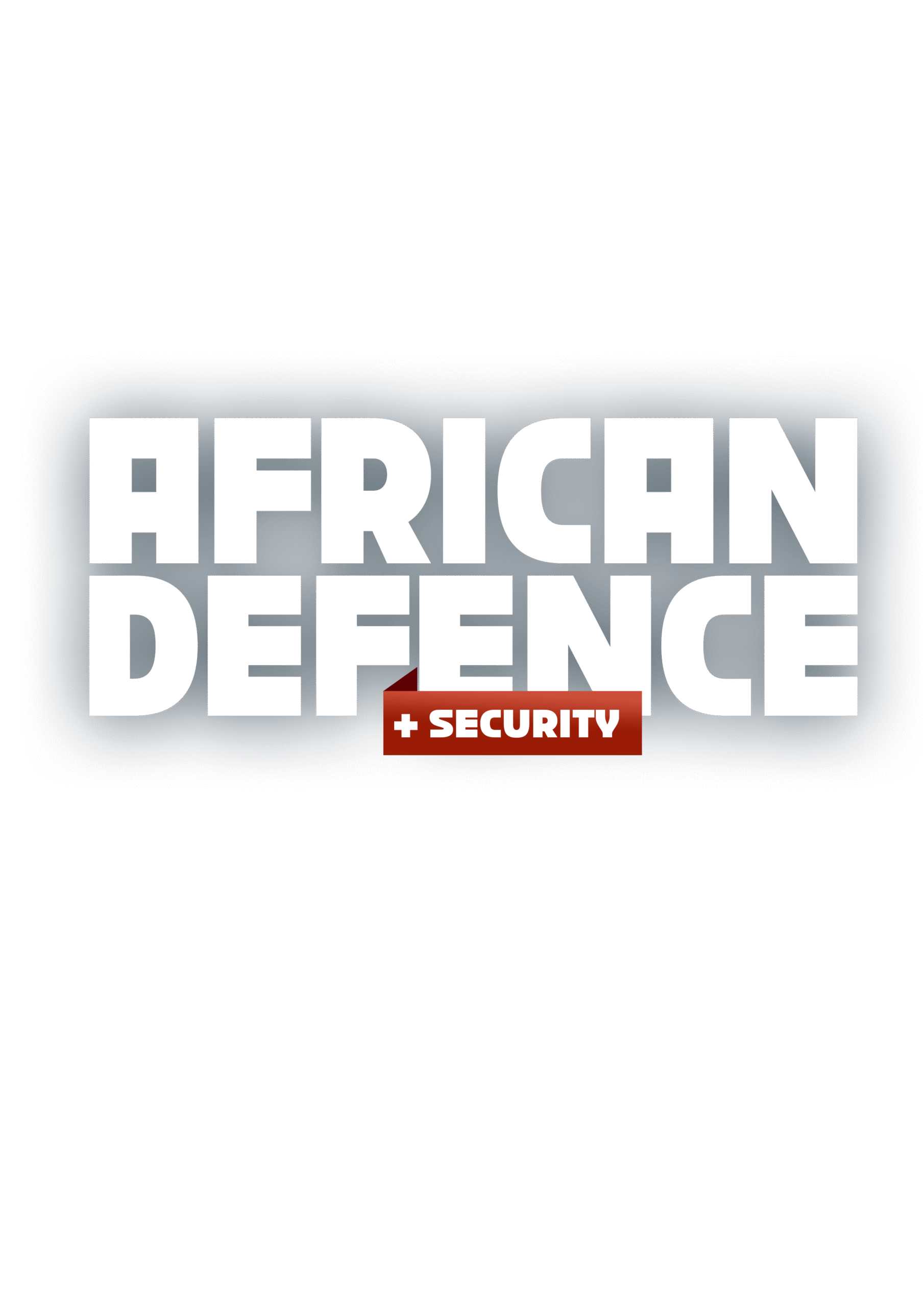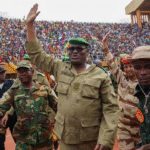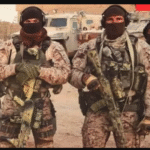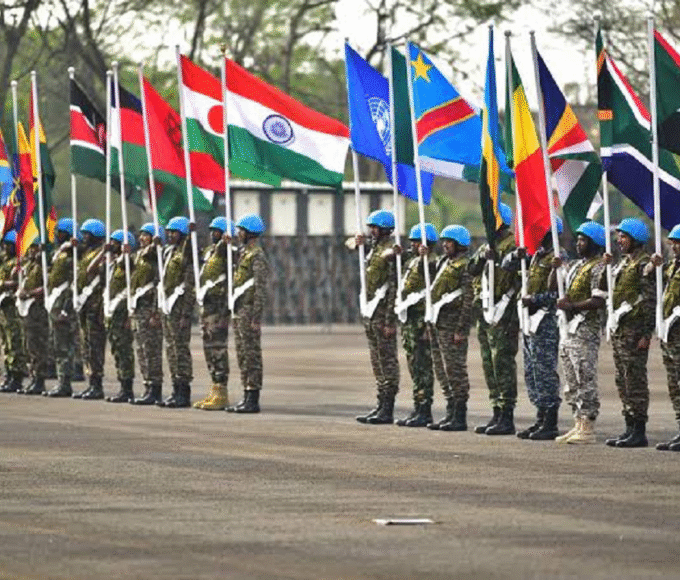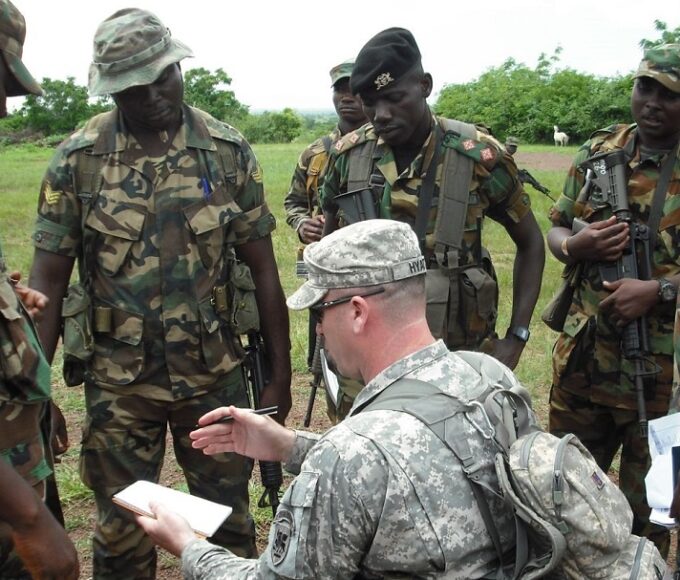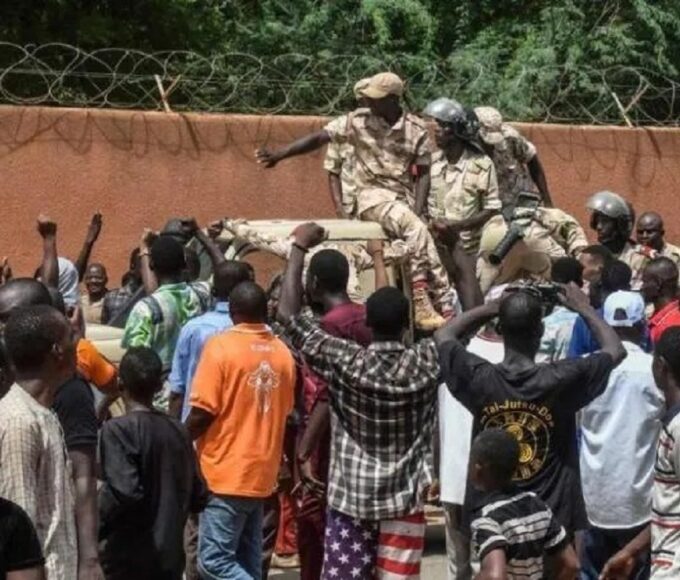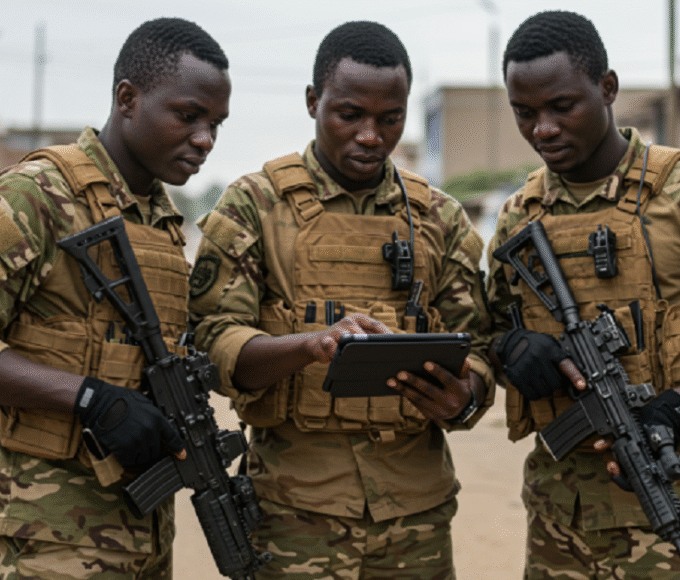Top 10 African Military Operations that changed Regional Dynamics
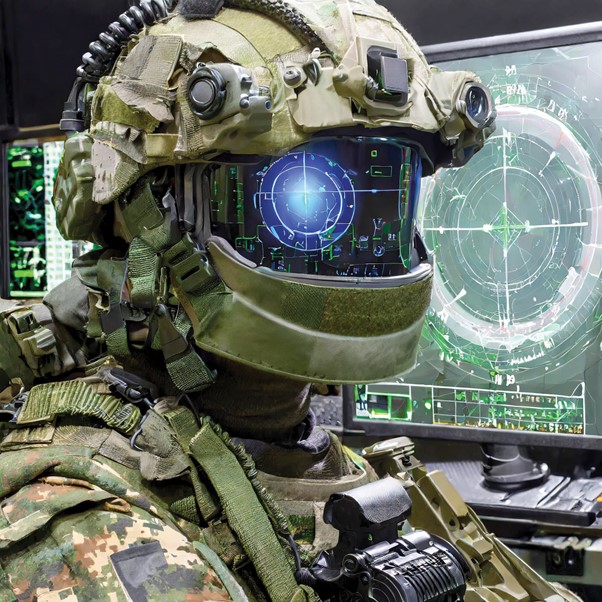
In Africa’s modern history, few events reshape the political and security landscape as profoundly as military operations. These are not just battlefield manoeuvres—they are signals of intent, declarations of capacity, and sometimes, pivots in regional power. From multinational interventions to unilateral deployments, Africa’s most consequential military campaigns have redrawn borders, toppled regimes, altered alliances, and redefined the continent’s approach to security.
Here is a chronicle of ten operations that changed the rules of engagement and shifted the trajectory of regional stability.
- ECOMOG in Liberia (1990–1997)
Region: West Africa
Mandate: Peace enforcement
Impact: Birth of African-led multinational intervention
When Liberia’s civil war descended into chaos in 1990, ECOWAS deployed the Economic Community of West African States Monitoring Group (ECOMOG) — a bold, unprecedented move. With Nigeria at the helm, ECOMOG’s seven-year campaign stabilised Monrovia, paved the way for elections, and became Africa’s first true experiment in regional peace enforcement. Despite logistical challenges and allegations of bias, ECOMOG redefined what African militaries could do collectively — without waiting for United Nations mandates.
- AMISOM in Somalia (2007–2022)
Region: Horn of Africa
Mandate: Counterterrorism, peace support
Impact: Expanded AU capacity for long-term asymmetric warfare
The African Union Mission in Somalia (AMISOM) was a test of endurance. Deployed to fight Al-Shabaab insurgents and stabilise a failed state, AMISOM brought together troops from Uganda, Kenya, Burundi, Ethiopia, and others. Over 15 years, it evolved from a stopgap operation into a hardened multinational force that regained Mogadishu, protected federal institutions, and trained Somali security forces. AMISOM’s legacy lies not just in territory reclaimed but in lessons on joint operations, civilian protection, and political-military coordination.
- Operation Serval in Mali (2013)
Region: Sahel
Mandate: Counterterrorism (France-led, African-backed)
Impact: Revealed gaps in African rapid-response capacity
Though led by France, Operation Serval marked a turning point for Africa’s security establishment. When Islamist militants advanced toward Bamako, Paris launched an air-and-ground intervention with African support trailing behind. The operation halted the insurgents, but also exposed how ill-equipped African standby forces were to respond swiftly. In the aftermath, G5 Sahel states (Mali, Niger, Chad, Burkina Faso, Mauritania) created a regional counterterrorism force — an African answer to a European rescue.
- Rwanda in Central African Republic (2020–Present)
Region: Central Africa
Mandate: Bilateral military assistance
Impact: New model for African expeditionary intervention
Invited by CAR’s government amid rebel advances, Rwanda deployed elite troops under a bilateral security pact. The operation was swift, coordinated, and effective — pushing back rebel lines, securing elections, and stabilising the capital. Unlike multilateral missions bogged down by bureaucracy, Rwanda’s intervention showcased what disciplined, purpose-driven African militaries could achieve. It also signalled Kigali’s emergence as a continental military player.
- SAMIM in Mozambique (2021–2024)
Region: Southern Africa
Mandate: Counterterrorism under SADC
Impact: Activation of a dormant regional force
The Southern African Development Community’s Mission in Mozambique (SAMIM) marked SADC’s first-ever combat deployment. With insurgents wreaking havoc in Cabo Delgado, member states responded with ground troops, air support, and naval patrols. Despite initial friction over logistics and command, SAMIM stabilised key towns and disrupted militant supply chains. It brought the SADC Mutual Defence Pact to life and validated the regional standby force model.
- Nigeria’s Operation Hadin Kai (2021–Present)
Region: Lake Chad Basin
Mandate: Counterinsurgency
Impact: Shift toward non-kinetic operations in national strategy
As Boko Haram splintered and the Islamic State West Africa Province (ISWAP) gained strength, Nigeria restructured its counterinsurgency playbook. Operation Hadin Kai merged combat operations with psychological warfare, amnesty programmes, and civil-military outreach. Super camps, intelligence-led strikes, and defector rehabilitation became pillars of this approach. The operation redefined Nigerian military doctrine and shaped regional responses under the Multinational Joint Task Force (MNJTF).
- Kenya’s KDF Campaign in Somalia (2011–Present)
Region: East Africa
Mandate: Border security, counterterrorism
Impact: Militarised Kenya’s external security posture
Initially launched unilaterally as Operation Linda Nchi, Kenya’s deployment into southern Somalia evolved into integration within AMISOM. The Kenya Defence Forces captured key ports, cut off Al-Shabaab’s revenue streams, and secured strategic towns. The operation marked Kenya’s transition from a passive peace supporter to an assertive regional power, investing in forward operating bases and external projection of force.
- Egypt’s Eastern Mediterranean Drills (2020–2023)
Region: North Africa / Middle East interface
Mandate: Maritime security
Impact: Expansion of Egypt’s naval diplomacy and deterrence
Egypt’s large-scale naval exercises, often conducted with Greece, Cyprus, and Gulf allies, signalled a shift in Cairo’s maritime posture. With the Eastern Mediterranean emerging as a geopolitical hotspot, these drills—supported by newly acquired Mistral-class ships and submarines—projected power and defended hydrocarbon interests. They positioned Egypt not just as a regional anchor but as a maritime power capable of shaping Mediterranean security calculus.
- Ethiopia’s Tigray Campaign (2020–2022)
Region: Horn of Africa
Mandate: Internal security
Impact: Reconfigured national command and civil-military balance
Though internal, Ethiopia’s war against the Tigray People’s Liberation Front had broad regional reverberations. It tested the Ethiopian National Defence Forces’ operational limits, strained relations with Eritrea and Sudan, and exposed the fragile interface between federalism and military command. The campaign prompted sweeping military reforms, realignment of regional security partnerships, and raised questions about civil-military governance in federal states.
- Chad’s Border Operations with Libya and Sudan (2015–Present)
Region: Central and North Africa
Mandate: Border control, counterinsurgency
Impact: Fortified Chad’s role as a Sahelian stabiliser
Often underreported, Chad’s ongoing military operations along its northern and eastern borders have earned it a reputation as the region’s security guarantor. With a highly mobile, desert-hardened army, N’Djamena has pushed back rebel incursions, collaborated with France, and maintained relative stability in a volatile zone. Its forces have also participated in MNJTF and G5 Sahel missions, reinforcing Chad’s role as a linchpin in Sahelian defence.
Common Threads: What These Operations Reveal
Across these ten operations, several patterns emerge:
- African agency is rising: Whether under multilateral banners or bilateral arrangements, African states are leading, not following.
- Regionalism matters: Operations succeed when regional interests align and coordination structures are clear.
- Doctrine is evolving: Non-kinetic approaches, civil-military integration, and psychological operations are becoming standard.
- Military diplomacy is key: The choice of partner — whether regional, Western, or global South — shapes the political legitimacy of interventions.
Africa’s most consequential military operations are no longer mere reactions to conflict. They are strategic instruments — designed to reshape political outcomes, balance regional power, and project sovereignty in complex theatres.
As threats evolve, so must Africa’s capacity to respond. These ten campaigns show that the continent is not only learning — it is leading.
King Richard Igimoh, Group Editor ALO
King Richard Igimoh, Group Editor African Leadership Organisation is an award-winning journalist, editor, and publisher with over two decades of expertise in political, defence, and international affairs reporting. As Group Editor of the African Leadership Organisation—publishers of African Leadership Magazine, African Defence & Security Magazine, and Africa Projects Magazine—he delivers incisive coverage that amplifies Africa’s voice in global security, policy, and leadership discourse. He provides frontline editorial coverage of high-profile international events, including the ALM Persons of the Year, the African Summit, and the African Business and Leadership Awards (ABLA) in London, as well as the International Forum for African and Caribbean Leadership (IFAL) in New York City during the United Nations General Assembly.
Recent Posts
Categories
- Air & Aerospace15
- Border Security14
- Civil Security3
- Civil Wars4
- Crisis4
- Cyber Security4
- Defense15
- Diplomacy17
- Entrepreneurship1
- Events5
- Global Security Watch6
- Industry6
- Land & Army7
- Leadership & Training3
- Military Aviation2
- Military History27
- Military Speeches1
- Naval & Maritime8
- Resources1
- Security12
- Special Forces1
- Systems And Technology8
- Tech6
- Uncategorized3
- UNSC1
- Veterans6
- Women in Defence9
Related Articles
INDIA’S GROWING MILITARY PARTNERSHIPS WITH AFRICA
India’s engagement with Africa is undergoing a quiet but powerful transformation. What...
ByKing Richard Igimoh, Group Editor ALOOctober 14, 2025EVOLVING HORIZONS: TRAINING THE AFRICAN SOLDIER IN A CHANGING LANDSCAPE
The training of African soldiers has undergone a profound transformation in recent...
ByKing Richard Igimoh, Group Editor ALOOctober 2, 2025COLD WAR AFRICA: PROXY WARS AND THEIR IMPACT
The Cold War in Africa, spanning from the late 1940s to the...
ByKing Richard Igimoh, Group Editor ALOSeptember 26, 2025AI AND AFRICA’S MILITARY INTELLIGENCE: PROMISE AND PERIL IN A TRANSFORMING SECURITY LANDSCAPE
Africa’s military landscape is entering a new chapter, shaped by the rapid...
ByKing Richard Igimoh, Group Editor ALOSeptember 22, 2025
